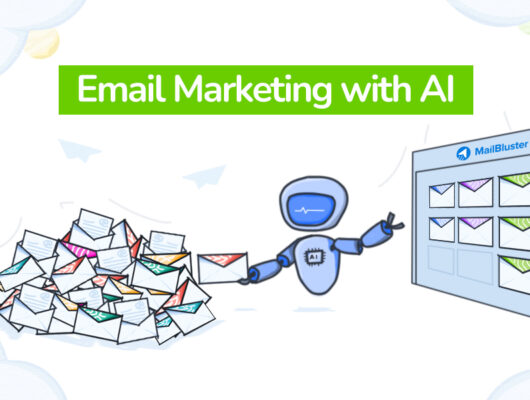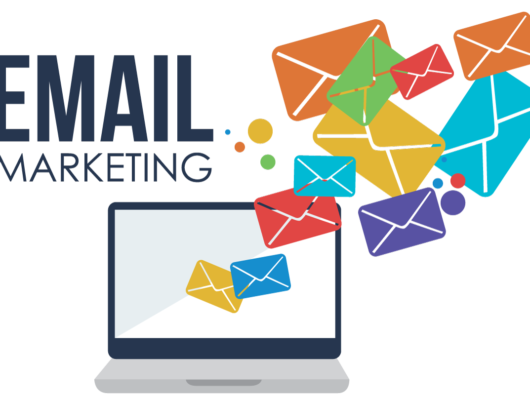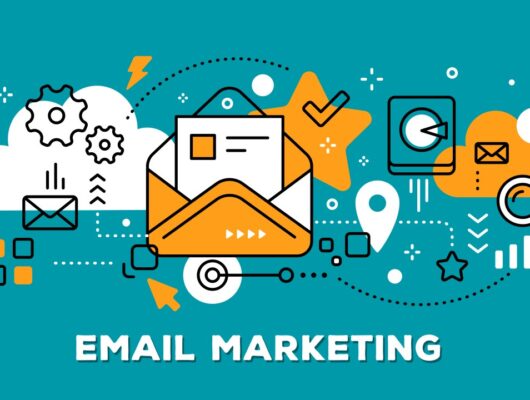Running an e-commerce store is challenging, especially in today’s competitive market. While driving traffic is important, converting that traffic into paying customers is the ultimate goal.
Whether you’re just starting or looking to scale, this guide offers actionable strategies to help you increase your e-commerce sales and grow your business.
Why Focus on Increasing Sales?
- Higher Revenue: Boosting sales directly impacts your bottom line.
- Better ROI: Optimizing conversions makes your marketing spend more effective.
- Business Growth: Consistent sales growth enables expansion and innovation.
Strategies to Increase E-Commerce Sales
- Optimize Your Website for Conversions
- Streamline Navigation: Ensure your site is easy to browse with intuitive categories and menus.
- Use High-Quality Images: Showcase products with clear, professional photos.
- Add Trust Signals: Include reviews, testimonials, and trust badges to build confidence.
- Improve Page Load Speed: Use tools like Google PageSpeed Insights to identify and fix slow-loading pages.
- Leverage Social Proof
- Encourage customers to leave reviews and ratings on product pages.
- Display user-generated content, such as photos and testimonials, on your website and social media.
- Highlight best-sellers and customer favorites to guide decision-making.
- Offer Personalized Experiences
- Use data to recommend products based on customers’ browsing or purchase history.
- Implement personalized email campaigns with tailored offers and suggestions.
- Use AI-powered tools to provide dynamic website content for returning visitors.
- Run Targeted Promotions
- Create time-sensitive offers, like flash sales or limited-time discounts.
- Offer free shipping for orders above a certain value to encourage higher cart totals.
- Bundle complementary products to increase average order value.
- Invest in Paid Advertising
- Use Google Shopping ads to showcase products directly in search results.
- Run dynamic retargeting ads on platforms like Facebook to re-engage potential customers.
- Explore influencer partnerships to drive brand awareness and sales.
- Use Email Marketing to Nurture Leads
- Send abandoned cart emails to remind shoppers of items left behind.
- Launch exclusive offers for email subscribers to boost engagement.
- Share product updates, tips, and seasonal promotions to keep your audience informed.
- Focus on Mobile Optimization
- Ensure your website is fully responsive and mobile-friendly.
- Simplify checkout processes for mobile users by adding digital payment options.
- Use mobile-specific promotions, such as SMS campaigns or app-only discounts.
- Create Compelling Content
- Publish blog posts, guides, or videos related to your products (e.g., “How to Style Summer Dresses” for a fashion store).
- Share tutorials, customer stories, or behind-the-scenes videos to connect with your audience.
- Use content to drive traffic from social media and organic search.
- Simplify the Checkout Process
- Reduce the number of steps required to complete a purchase.
- Offer guest checkout options to avoid forcing account creation.
- Provide multiple payment options, including digital wallets like PayPal and Apple Pay.
- Use Upselling and Cross-Selling Techniques
- Suggest higher-value alternatives or complementary products on product pages and during checkout.
- Highlight “frequently bought together” items to encourage additional purchases.
- Use pop-ups to promote related products or limited-time upgrades.
- Retarget Lost Shoppers
- Use retargeting ads to bring back visitors who abandoned your site.
- Offer exclusive discounts to incentivize returning customers.
- Remind users of the benefits of your products and unique value proposition.
- Expand Your Product Range
- Conduct market research to identify gaps in your current offerings.
- Introduce new products based on customer feedback and demand.
- Bundle products into kits or collections to encourage bulk purchases.
- Leverage Analytics and A/B Testing
- Track key metrics like conversion rate, bounce rate, and cart abandonment.
- Run A/B tests on headlines, images, or CTAs to determine what resonates best with your audience.
- Use insights to continuously optimize your website and campaigns.
- Offer Excellent Customer Support
- Add live chat options to address questions in real time.
- Provide a detailed FAQ section to resolve common concerns.
- Offer hassle-free returns and refunds to build trust and confidence.
- Engage with Your Community
- Create a loyal customer base by building a community on social media platforms.
- Host giveaways, polls, or live Q&A sessions to interact with your audience.
- Share user-generated content to make customers feel valued.
Tools to Help Boost E-Commerce Sales
- Shopify or WooCommerce: For building and managing your store.
- Google Analytics: To track performance and identify opportunities.
- Klaviyo or Mailchimp: For email marketing and automation.
- Hotjar: To analyze user behavior and optimize your website.
- Hootsuite: For managing social media marketing efforts.
Conclusion
Increasing e-commerce sales requires a combination of strategic planning, data analysis, and customer-focused initiatives.
By optimizing your website, leveraging marketing tools, and engaging with your audience, you can turn casual visitors into loyal customers.
Start implementing these strategies today and watch your online store thrive!
Would you like help creating a marketing calendar, sales funnel, or content plan? Let me know!







